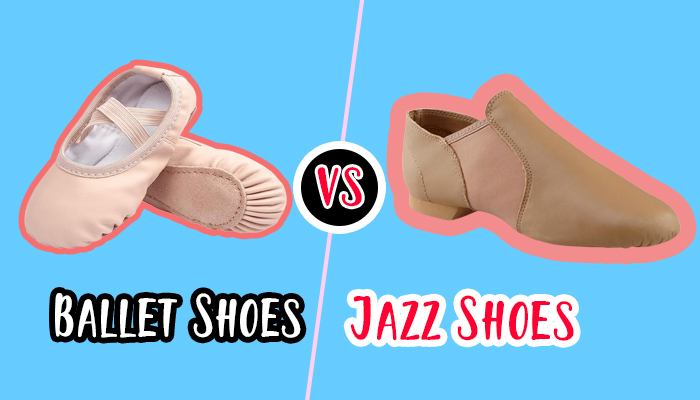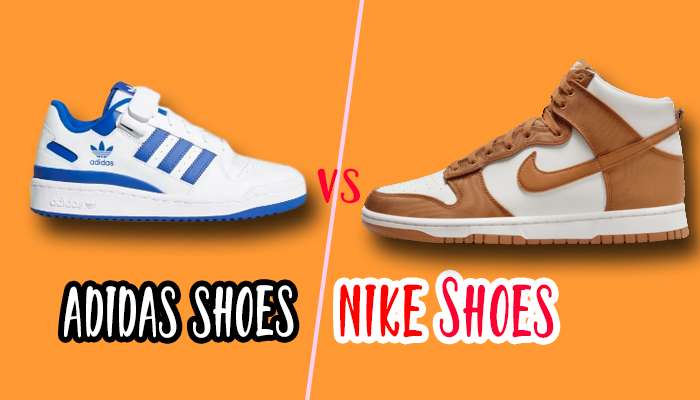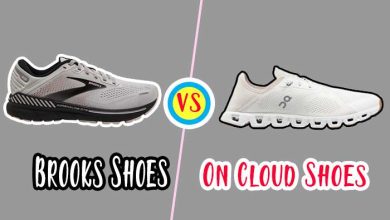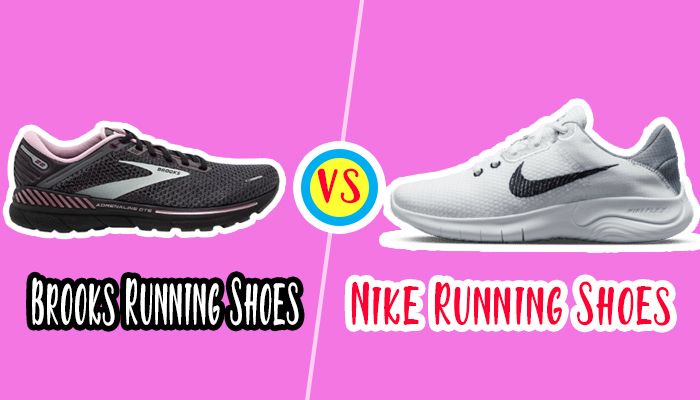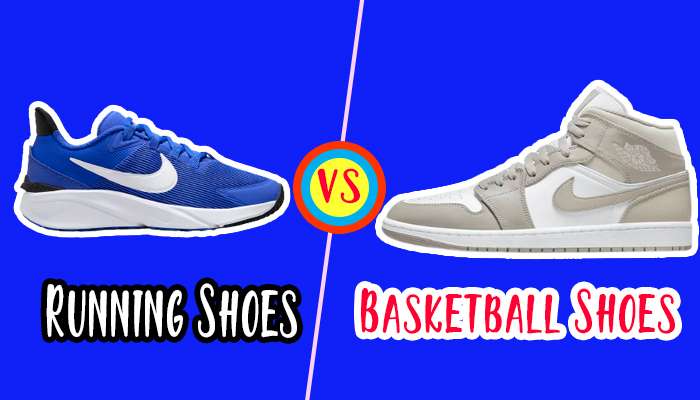Basketball Shoes vs Tennis Shoes: A Footwear Expert’s Guide
If you’re stepping onto the court or the field, choosing the proper footwear can make all the difference in your performance. As someone who has spent over three years wearing basketball and tennis shoes, I’m here to clear up the confusion for you.
In this comprehensive guide, we’ll dive into the world of basketball shoes vs tennis shoes, comparing their designs, features, and performance to help you make an informed decision. So, lace up your shoes and explore the exciting world of athletic footwear.
You might love this- Basketball Shoes VS Running Shoes.
Basketball Shoes
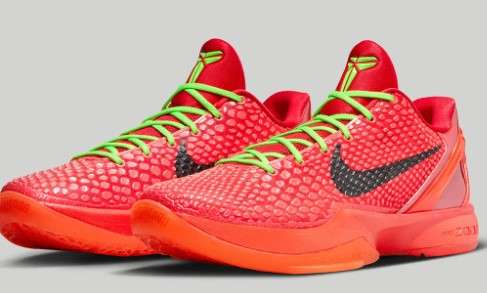
Let’s start by exploring basketball shoes, a crucial component of a basketball player’s gear. These shoes are meticulously designed to meet the sport’s unique demands, offering support, stability, and cushioning to help players perform at their best.
Basketball shoes typically feature the following:
- High Tops: Most basketball shoes have high tops that support extra ankles. These high collars reduce the risk of ankle injuries during intense gameplay.
- Cushioning: Advanced cushioning technology, such as Nike’s Air Zoom or Adidas’s Boost, ensures shock absorption, protecting your feet and joints from the impact of jumping and sudden movements.
- Durable Outsoles: The outsoles of basketball shoes are designed to withstand the abrasive nature of indoor and outdoor courts. They offer excellent grip and traction, helping you make those quick cuts and pivots.
In summary, basketball shoes are all about stability, cushioning, and grip, making them an ideal choice for basketball enthusiasts.
Tennis Shoes
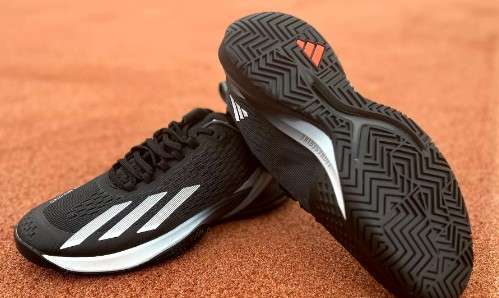
On the other hand, tennis shoes are crafted for the unique needs of tennis players. These shoes must provide the perfect balance of support, agility, and durability for the swift lateral movements and frequent stops and starts that characterize tennis.
Critical features of tennis shoes include:
- Low Tops: Tennis shoes typically come in low-top designs for unrestricted ankle movement. This is essential for swift lateral movements on the tennis court.
- Reinforced Toes: The toe area of tennis shoes is reinforced to withstand frequent toe dragging, which is common in tennis matches. This ensures the shoes have a longer lifespan.
- Non-Marking Outsoles: Tennis shoes are designed with non-marking outsoles to protect the court surface. They offer excellent traction while preventing scuff marks.
Tennis shoes prioritize agility, durability, and court-friendly features, making them a top choice for tennis players.
Read Also: Ballet Shoes vs Jazz Shoes
Basketball Shoes vs Tennis Shoes: A Detailed Comparison
Now that we’ve outlined the fundamental characteristics of basketball and tennis shoes, it’s time to dive deeper into their differences. To help you make an informed decision, let’s compare these two types of athletic footwear in various aspects:
1. Basketball Shoes vs Tennis Shoes: Design
Basketball Shoes: Basketball shoes are known for their high-top design, which provides ankle support and reduces the risk of sprains. The extra cushioning around the collar adds comfort and protection during intense games.
Tennis Shoes: Tennis shoes, with their low-top design, prioritize mobility and freedom of movement. This design lets players make quick, agile movements on the court without feeling restricted.
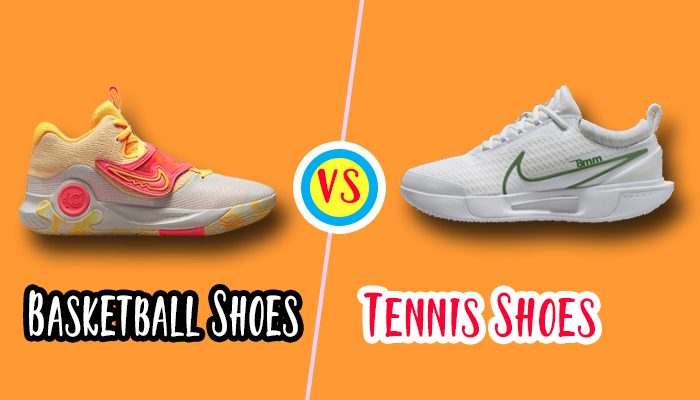
2. Basketball Shoes vs Tennis Shoes: Cushioning
Basketball Shoes: The cushioning in basketball shoes is typically thicker and more responsive. It’s designed to absorb the shock of high jumps and provide extra comfort during landings.
Tennis Shoes: Tennis shoes offer cushioning that is more moderate in thickness. It focuses on providing support during lateral movements and quick direction changes.
3. Basketball Shoes vs Tennis Shoes: Outsole
Basketball Shoes: The outsoles of basketball shoes are designed to offer maximum grip on the court. They often have a herringbone or multidirectional pattern that enhances traction.
Tennis Shoes: Tennis shoes feature outsoles with a specific tread pattern that provides excellent grip on the tennis court while non-marking to protect the playing surface.
4. Basketball Shoes vs Tennis Shoes: Materials
Basketball Shoes: Basketball shoes are often made with robust materials to withstand the high impact of the game. You’ll find features like synthetic leather, mesh, and additional padding.
Tennis Shoes: Tennis shoes use materials that prioritize breathability and lightweight construction. They are typically made of synthetic materials and mesh for comfort and agility.
5. Basketball Shoes vs Tennis Shoes: Weight
Basketball Shoes: Due to their high-top design and extra cushioning, basketball shoes tend to be heavier to provide stability and support.
Tennis Shoes: Tennis shoes are lighter to ensure players can move quickly and make agile movements around the court.
6. Basketball Shoes vs Tennis Shoes: Support
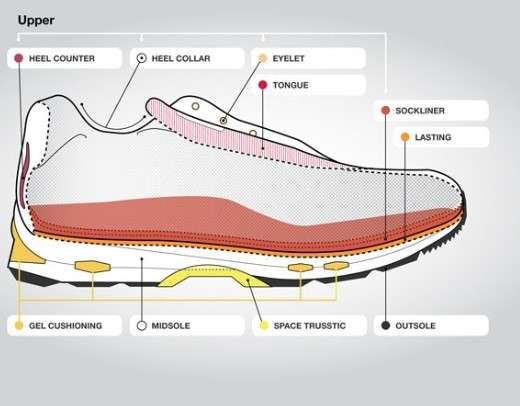
Basketball Shoes: These shoes offer exceptional ankle support, making them a top choice for basketball players who want to reduce the risk of injuries.
Tennis Shoes: While they provide good lateral support, tennis shoes are less focused on ankle support, allowing players more freedom of movement.
Read More: Ballet Shoes vs Flats
7. Basketball Shoes vs Tennis Shoes: Versatility
Basketball Shoes: Primarily designed for basketball, they may perform poorly in other sports due to their specific features.
Tennis Shoes: Tennis shoes can be more versatile and suitable for sports like pickleball, badminton, general gym workouts, and tennis.
| Feature | Basketball Shoes | Tennis Shoes |
|---|---|---|
| Ankle Support | High-top or mid-top for ankle stability | Low-top for flexibility |
| Cushioning | Heavy cushioning for impact absorption | Moderate cushioning for comfort and support |
| Traction | Herringbone or multi-directional pattern for traction on hardwood floors | Herringbone or zigzag pattern for traction on clay, grass, or hard courts |
| Durability | Reinforced toe and outsole for durability | Reinforced toecap and outsole for durability |
| Weight | Heavier for stability and support | Lighter for quick movement |
| Flexibility | Less flexible for support | More flexible for movement |
| Purpose | Designed for jumping, cutting, and pivoting | Designed for quick starts, stops, and lateral movement |
Conclusion
In the basketball shoes vs tennis shoes debate, the right choice depends on your specific needs and the sport you’re passionate about. Basketball shoes excel in providing ankle support, cushioning, and grip, while tennis shoes prioritize mobility, durability, and court-friendly features.
We’d love to hear from you! If you have tips, experiences, or insights about choosing the proper athletic footwear, please share them in the comments section. Your input can be valuable to fellow athletes on their journey to find the perfect pair of shoes.
Reference Link
For more information on basketball and tennis shoes, check out this helpful resource: Athletic Footwear Guide.
